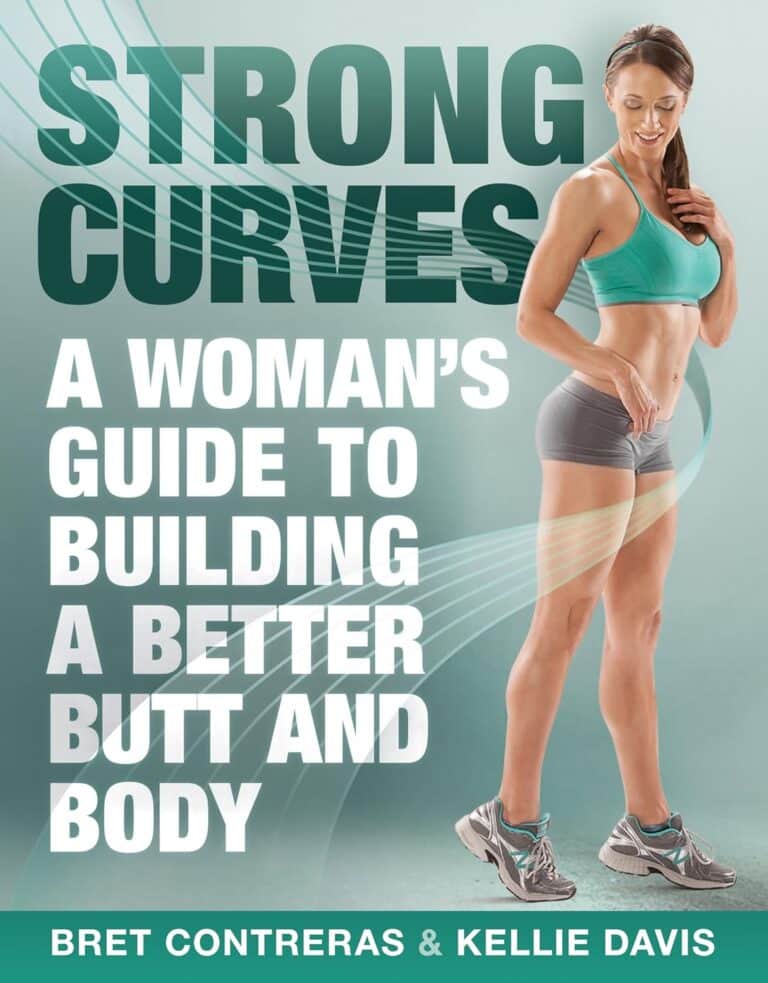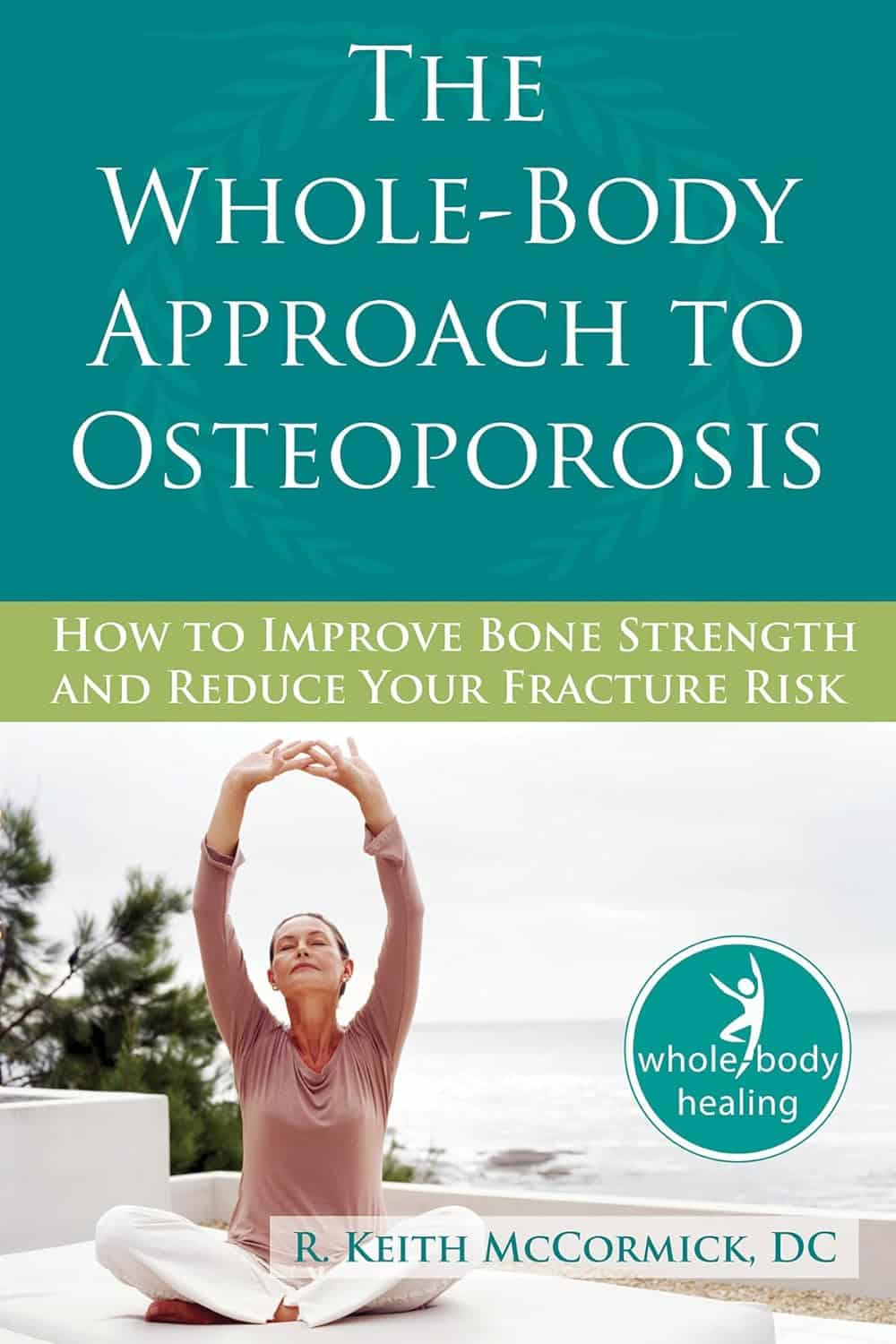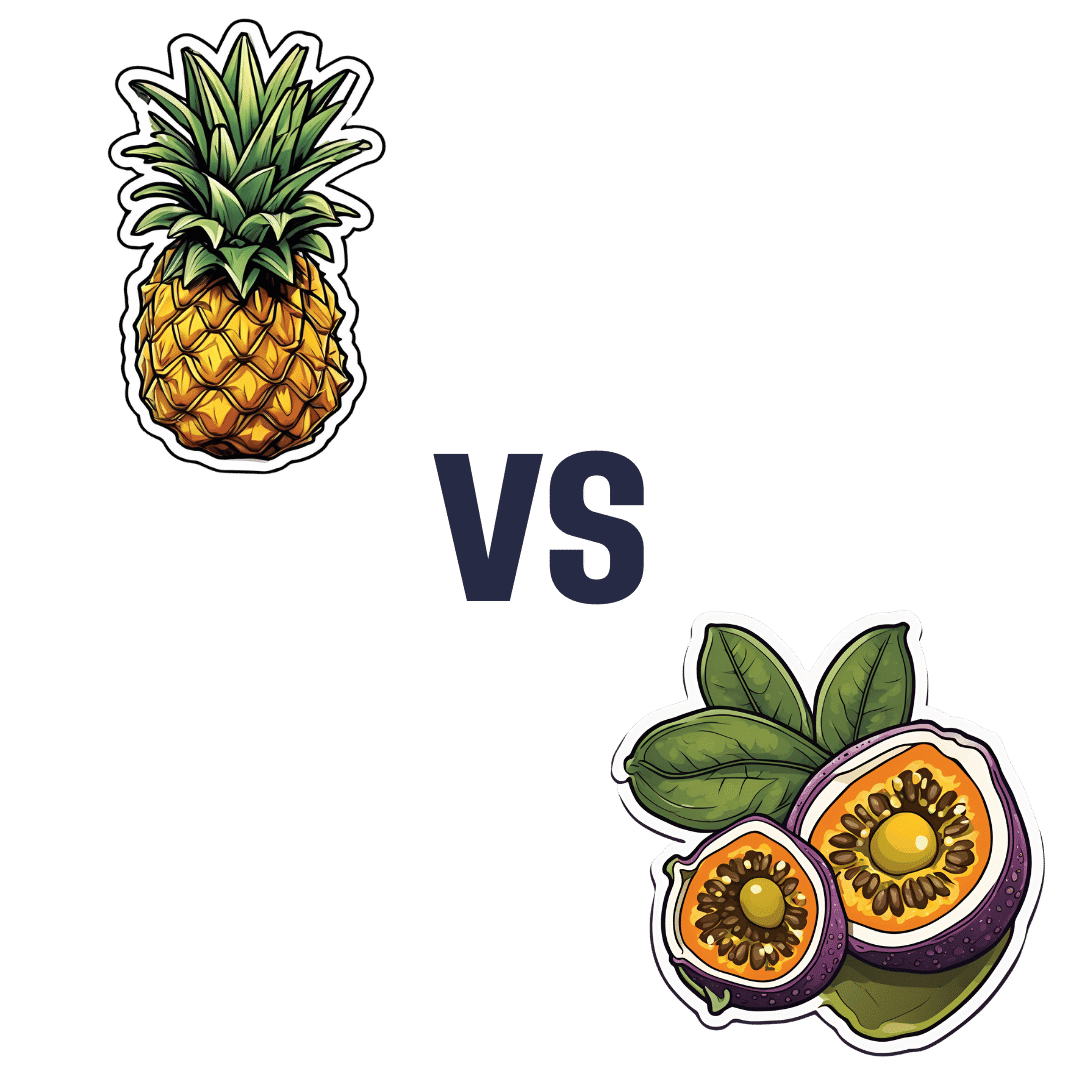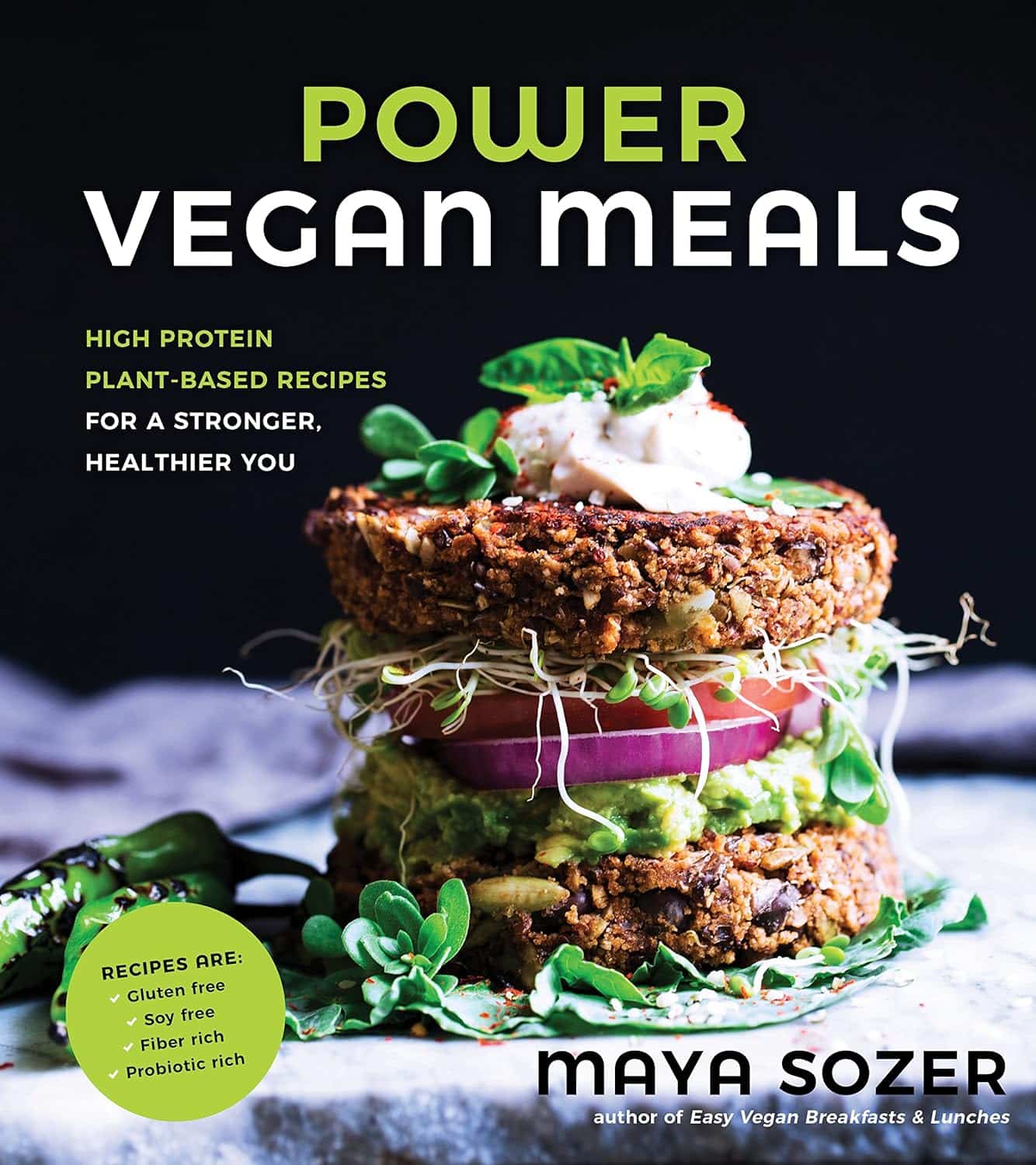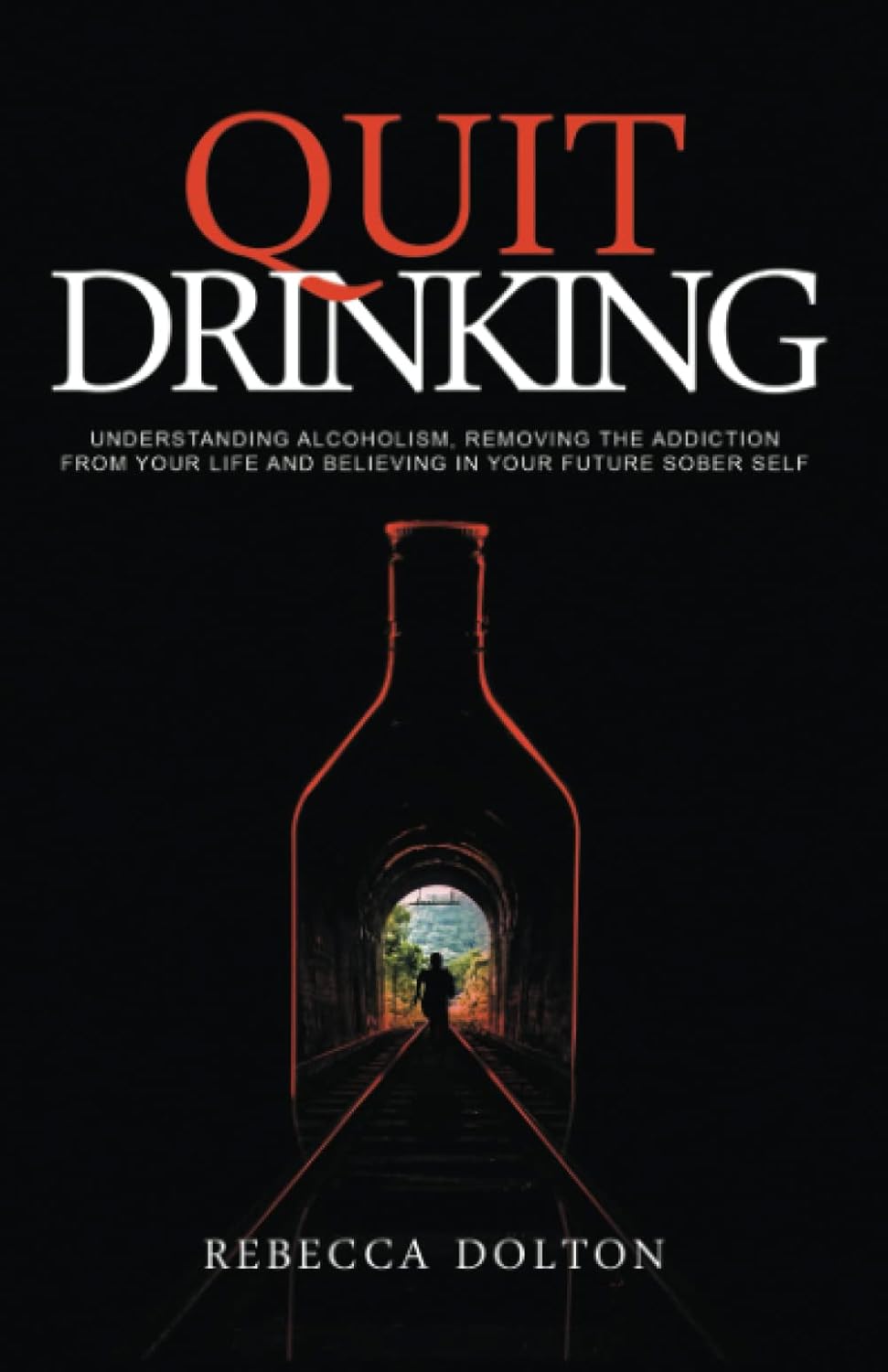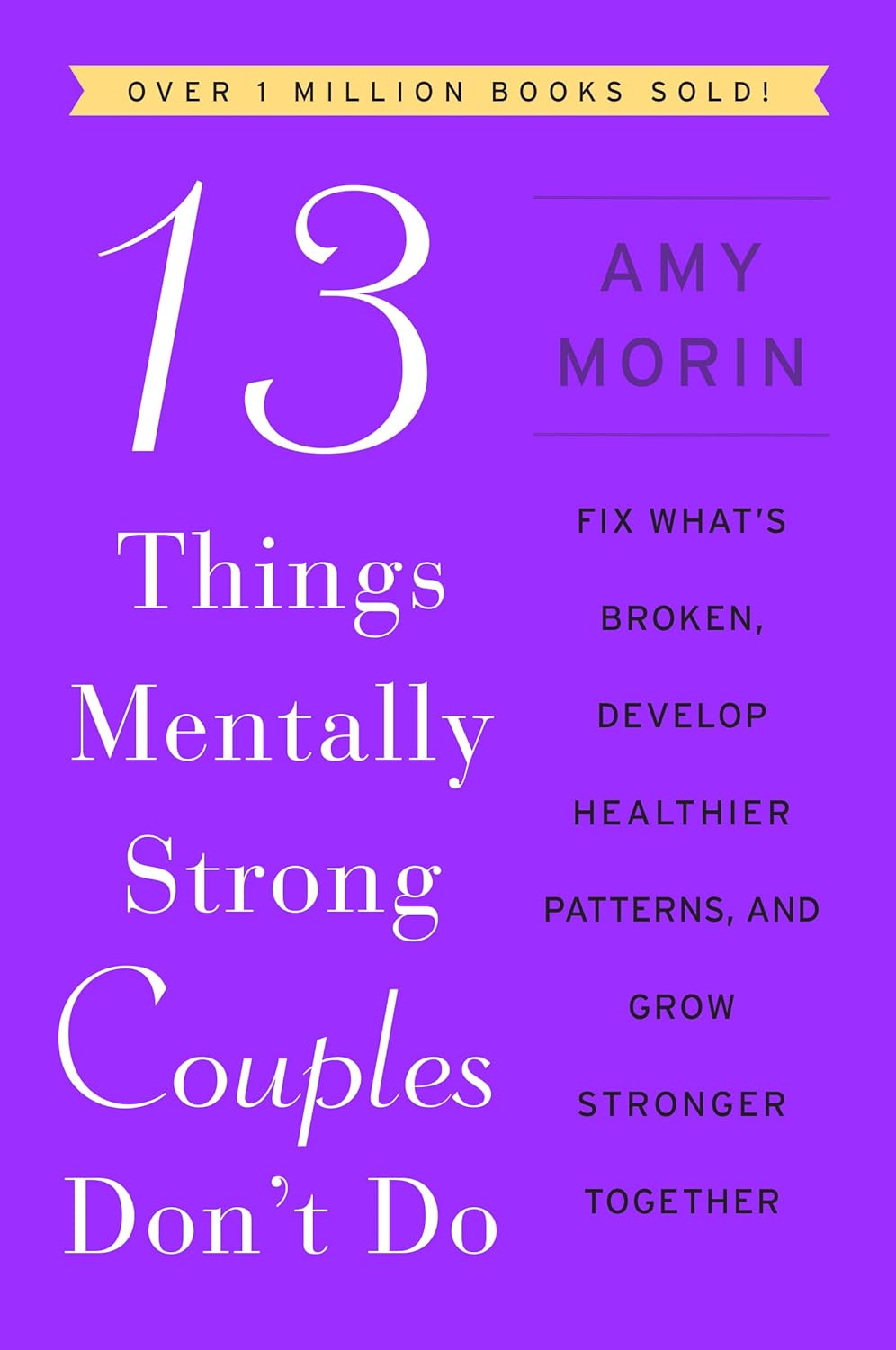
13 Things Mentally Strong Couples Don’t Do – by Dr. Amy Morin
10almonds is reader-supported. We may, at no cost to you, receive a portion of sales if you purchase a product through a link in this article.
The saying “happy wife; happy life” indeed goes regardless of gender. One can have every other happiness, but if there’s relational trouble, it brings everything else down.
This book is not intended, however, only for people whose relationships are one couple’s therapy session away from divorce. Rather, it’s intended as a preventative. Because, in this as in every other aspect of health, prevention is better than cure!
It is the sign of a strong couple to be proactive about the health of the relationship, and work together to build and reinforce things along the way.
The style of this book is very accessible pop-science, but the author speaks from a strong professional background in social work, psychology, and psychotherapy, and it shows.
Bottom line: if you’d like to strengthen your relationship skills, this book gives 13 great ways to do that.
Don’t Forget…
Did you arrive here from our newsletter? Don’t forget to return to the email to continue learning!
Recommended
Learn to Age Gracefully
Join the 98k+ American women taking control of their health & aging with our 100% free (and fun!) daily emails:
-
The Whole-Body Approach to Osteoporosis – by Keith McCormick
10almonds is reader-supported. We may, at no cost to you, receive a portion of sales if you purchase a product through a link in this article.
You probably already know to get enough calcium and vitamin D, and do some resistance training. What does this book offer beyond that advice?
It’s pretty comprehensive, as it turns out. It covers the above, plus the wide range of medications available, what supplements help or harm or just don’t have enough evidence either way yet, things like that.
Amongst the most important offerings are the signs and symptoms that can help monitor your bone health (things you can do at home! Like examinations of your fingernails, hair, skin, tongue, and so forth, that will reveal information about your internal biochemical make-up), as well as what lab tests to ask for. Which is important, as osteoporosis is one of those things whereby we often don’t learn something is wrong until it’s too late.
The author is a chiropractor, which doesn’t always have a reputation as the most robustly science-based of physical therapy options, but he…
- doesn’t talk about chiropractic
- did confer with a flock of experts (osteopaths, nutritionists, etc) to inform/check his work
- does refer consistently to good science, and explains it well
- includes 16 pages of academic references, and yes, they are very reputable publications
Bottom line: this one really does give what the subtitle promises: a whole body approach to avoiding (or reversing) osteoporosis.
Click here to check out The Whole Body Approach To Osteoporosis; sooner is better than later!
Share This Post
-
“Why Does It Hurt When I Have Sex?” (And What To Do About It)
10almonds is reader-supported. We may, at no cost to you, receive a portion of sales if you purchase a product through a link in this article.
This is one that affects mostly women, with 43% of American women reporting such issues at some point. There’s a distribution curve to this, with higher incidence in younger and older women; younger while first figuring things out, and older with menopause-related body changes. But, it can happen at any time (and often not for obvious reasons!), so here’s what OB/GYN Dr. Jennifer Lincoln advises:
Many possibilities, but easily narrowed down
Common causes include:
- vaginal dryness, which itself can have many causes (half of which are “low estrogen levels” for various different reasons)
- muscular issues, which can be in response to anxiety, pain, and occur as a result of pelvic floor muscle tightening
- vulvar issues, ranging from skin disorders (e.g. lichen sclerosis or lichen planus) to nerve disorders (e.g. vestibulitis or vestibulodynia)
- uterine issues, including endometriosis, fibroids, or scar tissue if you had a surgery
- infections, of the STI variety, but bear in mind that some STIs such as herpes do not necessarily require direct sexual contact per se, and yeast infections definitely don’t. Some STIs are more serious than others, so getting things checked out is a good idea (don’t worry, clinics are discreet about this sort of thing)
- bowel issues, notwithstanding that we have been talking about vaginal sex here, it can’t be happy if its anatomical neighbors aren’t happy—so things like IBS, Crohn’s, or even just constipation, aren’t irrelevant
- trauma, of various kinds, affecting sexual experiences
That’s a lot of possibilities, so if there’s not something standing out as “yes, now that you mention it, it’s obviously that”, Dr. Lincoln recommends a full health evaluation and examination of medical history, as well as a targeted physical exam. That may not be fun, but at least, once it’s done, it’s done.
Treatments vary depending on the cause, of course, and there are many kinds of physical and psychological therapies, as well as surgeries for the uterine issues we mentioned.
Happily, many of the above things can be addressed with simpler and less invasive methods, including learning more about the relevant anatomy and physiology and how to use it (be not ashamed; most people never got meaningful education about this!)*, vulvar skin care (“gentle” is the watchword here), the difference a good lube can make, and estrogen supplementation—which if you’re not up for general HRT, can be a topical estrogen cream that alleviates sexual function issues without raising blood serum estradiol levels.
*10almonds tip: check out the recommended book “Come As You Are” in our links below; it has 400 pages of stuff most people never knew about anatomy and physiology down there; you can thank us later!
Meanwhile, for more on each of these, enjoy:
Click Here If The Embedded Video Doesn’t Load Automatically!
Want to learn more?
You might also like to read:
- Water-based Lubricant vs Silicon-based Lubricant – Which is Healthier? (counterintuitively, it’s the silicon! But do give it a quick read, because here be science)
- How To Avoid Urinary Tract Infections (may be relevant; always good to know)
- Come As You Are – by Dr. Emily Nagoski (book; if we could only recommend one book on responsible vagina ownership, this would be the one)
Take care!
Share This Post
-
Pineapple vs Passion Fruit – Which is Healthier?
10almonds is reader-supported. We may, at no cost to you, receive a portion of sales if you purchase a product through a link in this article.
Our Verdict
When comparing pineapple to passion fruit, we picked the passion fruit.
Why?
Both are certainly great, and both have won their respective previous comparisons! And this one’s close:
In terms of macros, passion fruit has about 4x the protein, nearly 2x the carbs, and more than 7x the fiber. So, this one’s a clear and overwhelming win for passion fruit.
Vitamins are quite close; pineapple has more of vitamins B1, B5, B6, B9, and C, while passion fruit has more of vitamins A, B2, B3, and choline. So, a 5:4 marginal win for pineapple.
When it comes to minerals, pineapple has more calcium, copper, manganese, and zinc, while passion fruit has more iron, manganese, phosphorus, potassium, and selenium. Superficially, this would be a 5:5 tie, but looking at the numbers, passion fruit’s margins of difference are much greater, which means it gives the better overall mineral coverage, and thus wins the category.
Looking at polyphenols, pineapple wins this category with its variety of lignans, while passion fruit has just secoisolariciresinol, of which pineapple has more anyway. Plus, not a polyphenol but doing much of the same job of same, pineapple has bromelain, which is unique to it. So pineapple wins on the phytochemicals reckoning.
Adding up the sections and weighting them for importance (e.g. what a difference it makes to health) and statistical relevance (e.g. greater or smaller margins of difference) makes for a nominal passion fruit win, but like we say, both of these fruits are great, so enjoy both!
Want to learn more?
You might like to read:
Bromelain vs Inflammation & Much More
Take care!
Share This Post
Related Posts
-
Power Vegan Meals – by Maya Sozer
10almonds is reader-supported. We may, at no cost to you, receive a portion of sales if you purchase a product through a link in this article.
This book has inspired some of the recipes we’ve shared recently—we’ve invariably tweaked and in our opinion improved them, but the recipes are great as written too.
The recipes, of which there are 75, are all vegan, gluten-free, high protein, and high fiber. Some reviewers on Amazon have complained that the recipes are high-calorie, and they often are, but those calories are mostly from healthy fats, so we don’t think it’s a bad thing. Still, if you’re doing a strict calorie-controlled diet, this is probably not the one for you.
Another thing the recipes are is tasty without being unduly complicated, as well as being mostly free from obscure ingredients. This latter is a good thing not because obscure ingredients are inherently bad, but rather that it can be frustrating to read a recipe and find its star ingredient is a cup of perambulatory periannath that must be harvested from the west-facing slopes of Ithilien during a full moon, no substitutions.
The style and format is simple and clear with minimal overture, one recipe per double-page; picture on one side, recipe on the other; perfect for a kitchen reading-stand.
Bottom line: these recipes are for the most part very consistent with what we share here, and we recommend them, unless you’re looking for low-calorie options.
Click here to check out Power Vegan Meals, and power-up your vegan meals!
Don’t Forget…
Did you arrive here from our newsletter? Don’t forget to return to the email to continue learning!
Learn to Age Gracefully
Join the 98k+ American women taking control of their health & aging with our 100% free (and fun!) daily emails:
-
Quit Drinking – by Rebecca Dolton
10almonds is reader-supported. We may, at no cost to you, receive a portion of sales if you purchase a product through a link in this article.
Many “quit drinking” books focus on tips you’ve heard already—cut down like this, rearrange your habits like that, make yourself accountable like so, add a reward element this way, etc.
Dolton takes a different approach.
She focuses instead on the underlying processes of addiction, so as to not merely understand them to fight them, but also to use them against the addiction itself.
This is not just a social or behavioral analysis, by the way, and goes into some detail into the physiological factors of the addiction—including such things as the little-talked about relationship between addiction and gut flora. Candida albans, found in most if not all humans to some extent, gets really out of control when given certain kinds of sugars (including those from alcohol); it grows, eventually puts roots through the intestinal walls (ouch!) and the more it grows, the more it demands the sugars it craves, so the more you feed it.
Quite a motivator to not listen to such cravings! It’s not even you that wants it, it’s the Candida!
Anyway, that’s just one example; there are many. The point here is that this is a well-researched, well-written book that sets itself apart from many of its genre.
Don’t Forget…
Did you arrive here from our newsletter? Don’t forget to return to the email to continue learning!
Learn to Age Gracefully
Join the 98k+ American women taking control of their health & aging with our 100% free (and fun!) daily emails:
-
Time Smart – by Dr. Ashley Whillans
10almonds is reader-supported. We may, at no cost to you, receive a portion of sales if you purchase a product through a link in this article.
First, what this is not: it’s not a productivity book.
What is rather: a book of better wellbeing.
There is a little overlap, insofar as getting “time smart” in the ways that Dr. Whillans recommends will give you more ability to also be more productive—if that’s what you want.
She talks us through time traps and the “time poverty epidemic”, as well as steps to finding time and funding time. Perhaps most critical idea-wise is the chapter on building a “time-affluence habit”, making decisions that prioritize your time-freedom where you can—which in turn will allow you to build yet more. Kind of like compound interest really, but for time.
The writing style is a conversational tone, but peppered with bullet-point lists and charts and the like from time to time, and often with citations to back up claims. It makes for a very readable book, and yet one that’s also inspiring of the confidence that it’s more than just one person’s opinion.
Bottom line: if you sometimes feel like you could do everything you want to if you could just find the time, this book can help you get there.
Click here to check out Time Smart, and live your most satisfying life!
Don’t Forget…
Did you arrive here from our newsletter? Don’t forget to return to the email to continue learning!
Learn to Age Gracefully
Join the 98k+ American women taking control of their health & aging with our 100% free (and fun!) daily emails:

